Size Effects in Internal Friction of Nanocrystalline Aluminum Films
Abstract
:1. Introduction
2. Methods and Experimental Design
2.1. Sample Design and Fabrication
2.2. System Design
2.3. Experimental Procedure
3. Results and Discussion
3.1. Test Results of Al and Si Composite
3.2. Energy Loss Analysis of Pure Al Films
3.3. Energy Loss Analysis of Pure Al Films with Annealing
4. Discussion
5. Conclusions
Author Contributions
Funding
Institutional Review Board Statement
Informed Consent Statement
Data Availability Statement
Acknowledgments
Conflicts of Interest
References
- Nix, W.D. Mechanical properties of thin films. Metall. Trans. A 1989, 20, 2217–2245. [Google Scholar] [CrossRef]
- Nix, W.D. Metallic thin films: Stresses and mechanical properties. In Metallic Films for Electronic, Optical and Magnetic Applications; Barmak, K., Coffey, K., Eds.; Woodhead Publishing: Cambridge, UK, 2014; Volume 8, pp. 353–421. [Google Scholar]
- Kang, C.W.; Huang, H. Deformation, failure and removal mechanisms of thin film structures in abrasive machining. Adv. Manuf. 2017, 5, 1–19. [Google Scholar] [CrossRef]
- Zhang, P.; Wang, Y.; Luo, H.; Long, S.; Wei, C. Research on the large plastic deformation damage and shock resistance of 7055 aluminum alloy. JOM 2019, 71, 2380–2387. [Google Scholar] [CrossRef]
- Choi, D.H.; Nix, W.D. Anelastic behavior of copper thin films on silicon substrates: Damping associated with dislocations. Acta Mater. 2006, 54, 679–687. [Google Scholar] [CrossRef]
- Mongkolsuttirat, K.; Smyth, J.R.; Brown, W.L.; Vinci, R.P. The effect of grain size on viscoelastic relaxation behavior of Au thin films. Scr. Mater. 2018, 155, 1–4. [Google Scholar] [CrossRef]
- Sosale, G.; Almecija, D.; Das, K.; Vengallatore, S. Mechanical spectroscopy of nanocrystalline aluminum films: Effects of frequency and grain size on internal friction. Nanotechnology 2012, 23, 155701. [Google Scholar] [CrossRef]
- Prieler, M.; Bohn, H.G.; Schilling, W.; Trinkaus, H. Grain boundary sliding in thin substrate-bonded Al films. J. Alloys Compd. 1994, 211, 424–427. [Google Scholar] [CrossRef]
- Illés, B.; Krammer, O.; Hurtony, T.; Dušek, K.; Bušek, D.; Skwarek, A. Kinetics of Sn whisker growth from Sn thin-films on Cu substrate. J. Mater. Sci. Mater. 2020, 31, 16314–16323. [Google Scholar] [CrossRef]
- Heinen, D.; Bohn, H.G.; Schilling, W. Internal friction in free-standing thin Al films. J. Appl. Phys. 1995, 78, 893–896. [Google Scholar] [CrossRef]
- Wang, Y.T.; Shieh, Y.F.; Chen, C.H.; Lu, C.H.; Cheng, Y.C.; Wu, C.L.; Lin, M.T. In Situ Energy Loss and Internal Friction Measurement of Nanocrystalline Copper Thin Films Under Different Temperature. In MEMS and Nanotechnology; Springer: Cham, Switzerland, 2015; Volume 8, pp. 67–73. [Google Scholar]
- Fujiwara, K.; Tanimoto, H.; Mizubayashi, H. Elasticity study of very thin Cu films. Mater. Sci. Eng. A 2006, 442, 336–341. [Google Scholar] [CrossRef] [Green Version]
- Nishino, Y.; Asano, S. Amplitude-dependent internal friction and microplasticity in thin-film materials. J. Phys. IV 1996, 06, 783–786. [Google Scholar] [CrossRef]
- Nishino, Y.; Ota, Y.; Kawazoe, T. Microplasticity of copper thin films on silicon substrates. Philos. Mag. Lett. 2001, 81, 743–750. [Google Scholar] [CrossRef]
- Nishino, Y.; Ikai, K. Internal friction study of microplasticity in polycrystalline gold thin films. Mater. Sci. Eng. A 2006, 442, 347–351. [Google Scholar] [CrossRef]
- Tong, C.J.; Cheng, Y.C.; Lin, M.T.; Chung, K.J.; Hsu, J.S.; Wu, C.L. Optical micro-paddle beam deflection measurement for electrostatic mechanical testing of nano-scale thin film application to MEMS. Microsyst. Technol. 2010, 16, 1131–1137. [Google Scholar] [CrossRef]
- Tong, C.J.; Lin, M.T. Design and development of a novel paddle test structure for the mechanical behavior measurement of thin films application for MEMS. Microsyst. Technol. 2009, 15, 1207–1216. [Google Scholar] [CrossRef]
- Wang, Y.T.; Hu, T.C.; Tong, C.J.; Lin, M.T. Novel full range vacuum pressure sensing technique using free decay of trapezoid micro-cantilever beam deflected by electrostatic force. Microsyst. Technol. 2012, 18, 1903–1908. [Google Scholar] [CrossRef]
- Su, C.M.; Wen, Y.; Wuttig, M. Internal Friction in Thin Films and Membrane. J. Phys. IV Fr. 1996, 6, 757–768. [Google Scholar] [CrossRef]
- Tong, C.J. Study of Energy Loss in Thin Metal Films. Ph.D. Dissertation, National Chung Hsing University, Taichung, Taiwan, 2012. [Google Scholar]
- Berry, B.S.; Pritchet, W.C. Defect Studies of Thin Layers by The Vibrating-Reed Technique. J. Phys. Colloq. 1981, 42, 1111–1122. [Google Scholar] [CrossRef]
- Gan, L.; Nissan, B.B.; David, A.B. Modelling and finite element analysis of ultra-microhardness indentation of thin films. Thin Solid Films 1996, 290, 362–366. [Google Scholar] [CrossRef]
- Tong, C.J. Using a New Microtensile System to Measure the Mechanical Properties of Sub-Micron Thick Thin Film Materials. Master’s Thesis, National Chung Hsing University, Taichung, Taiwan, 2006. [Google Scholar]
- Lloyd, D.J. Particle reinforced aluminium and magnesium matrix composites. Int. Mater. Rev. 1994, 39, 1–23. [Google Scholar] [CrossRef]
- Sosale, G.; Prabhakar, S.; Fréchette, L.G. A Microcantilever Platform for Measuring Internal Friction in Thin Films Using Thermoelastic Damping for Calibration. J. Microelectromech. Syst. 2011, 20, 764–773. [Google Scholar] [CrossRef]
- Berry, B.S. Anelastic relaxation and diffusion in thin layer materials. In Diffusion Phenomena in Thin Films and Microelectronic Materials; Gupta, D., Ho, P.S., Ridge, E.P., Eds.; Noyes Publications: Park Ridge, NJ, USA, 1988; Volume 3, pp. 73–145. [Google Scholar]
- Choi, D.H.; Kim, H.; Nix, W.D. Anelasticity and damping of thin aluminum films on silicon substrates. J. Microelectromech. Syst. 2004, 13, 230–237. [Google Scholar] [CrossRef]
- Nishino, Y. Mechanical properties of thin-film materials evaluated from amplitude-dependent internal friction. J. Electron. Mater. 1999, 26, 1023–1031. [Google Scholar] [CrossRef]
- Wang, Y.T.; Tong, C.J.; Shieh, Y.F.; Cheng, Y.C.; Hsieh, F.C.; Lin, M.T. Effect of temperature on energy loss and internal friction in nanocrystalline copper thin films, Surface and Coatings Technology. Surf. Coat. Technol. 2014, 260, 272–278. [Google Scholar] [CrossRef]
- Hsu, F.C.; Wang, Y.T.; Cheng, Y.C.; Tong, C.J.; Lin, M.T. The study of internal friction in nanocrystalline Ag and Au thin films. Thin Solid Films 2014, 570, 262–267. [Google Scholar] [CrossRef]
- Kê, T.S. Experimental Evidence of the Viscous Behavior of Grain Boundaries in Metals. Phys. Rev. 1947, 71, 533–546. [Google Scholar] [CrossRef]
- Kê, T.S. Stress Relaxation across Grain Boundaries in Metals. Phys. Rev. 1947, 72, 41–47. [Google Scholar] [CrossRef]
- Lee, H.J.; Zhang, P.; Bravman, J.C. Tensile failure by grain thinning in micromachined aluminum thin films. J. Appl. Phys. 2003, 93, 1443–1451. [Google Scholar] [CrossRef]
- Doerner, M.F.; Brennan, S. Strain distribution in thin aluminum films using X-ray depth profiling. J. Appl. Phys. 1988, 63, 126–131. [Google Scholar] [CrossRef]
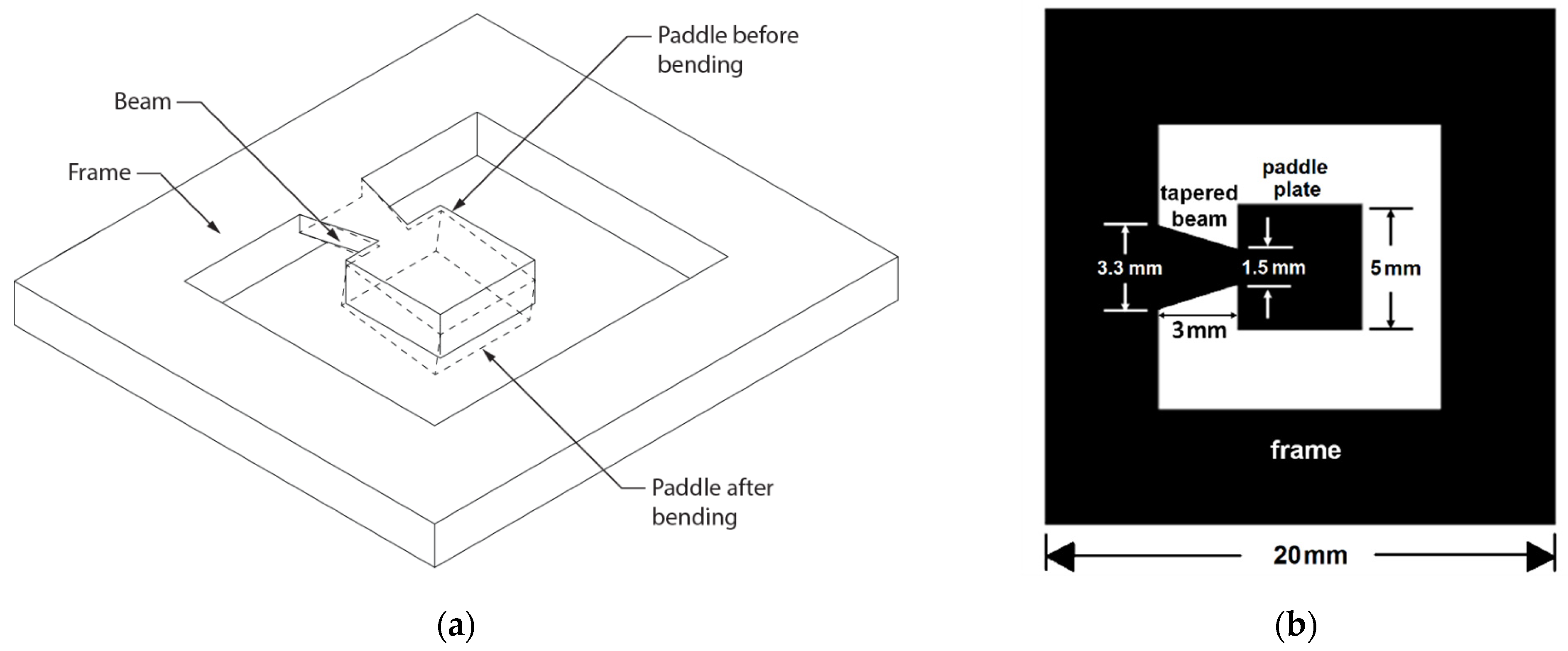

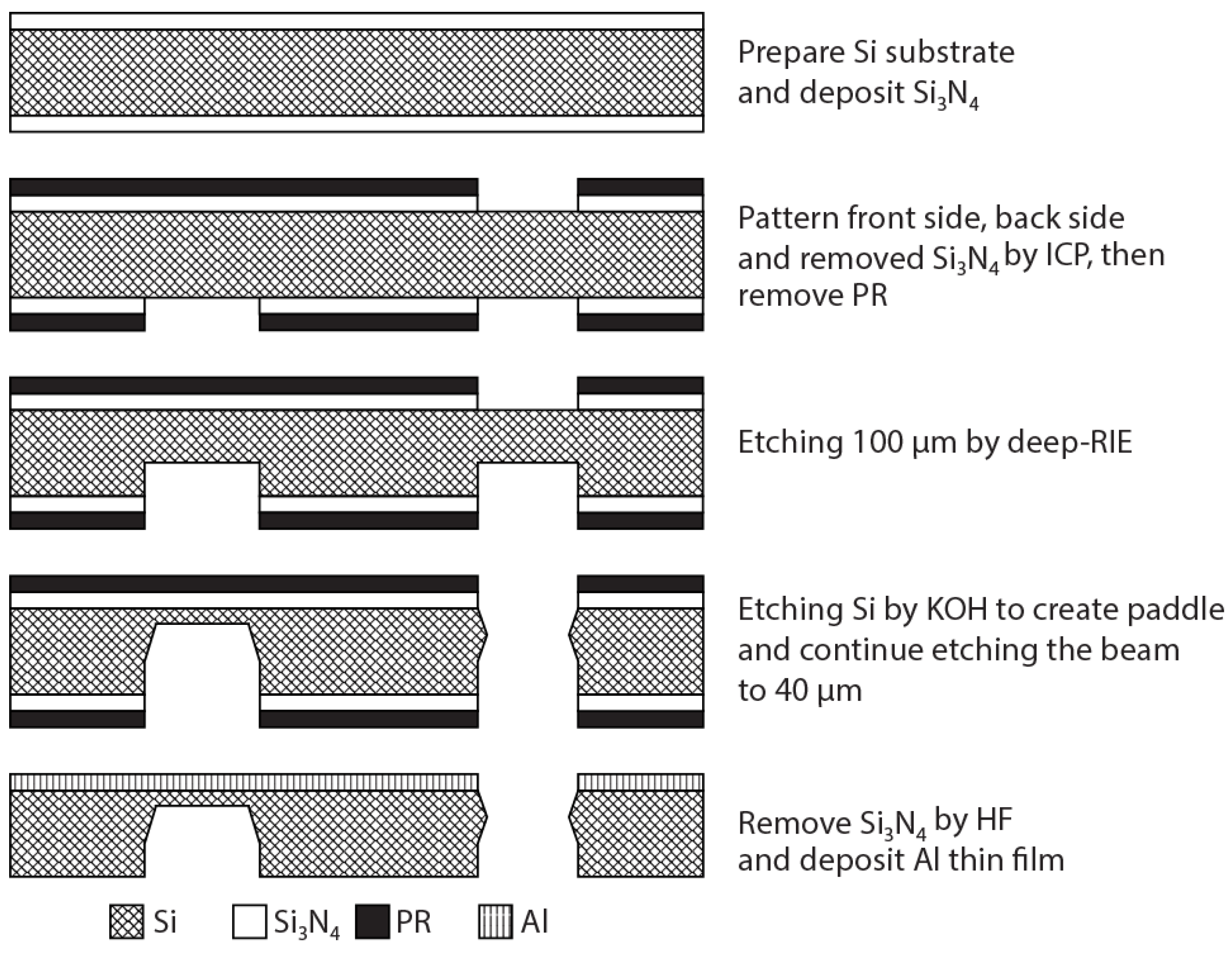
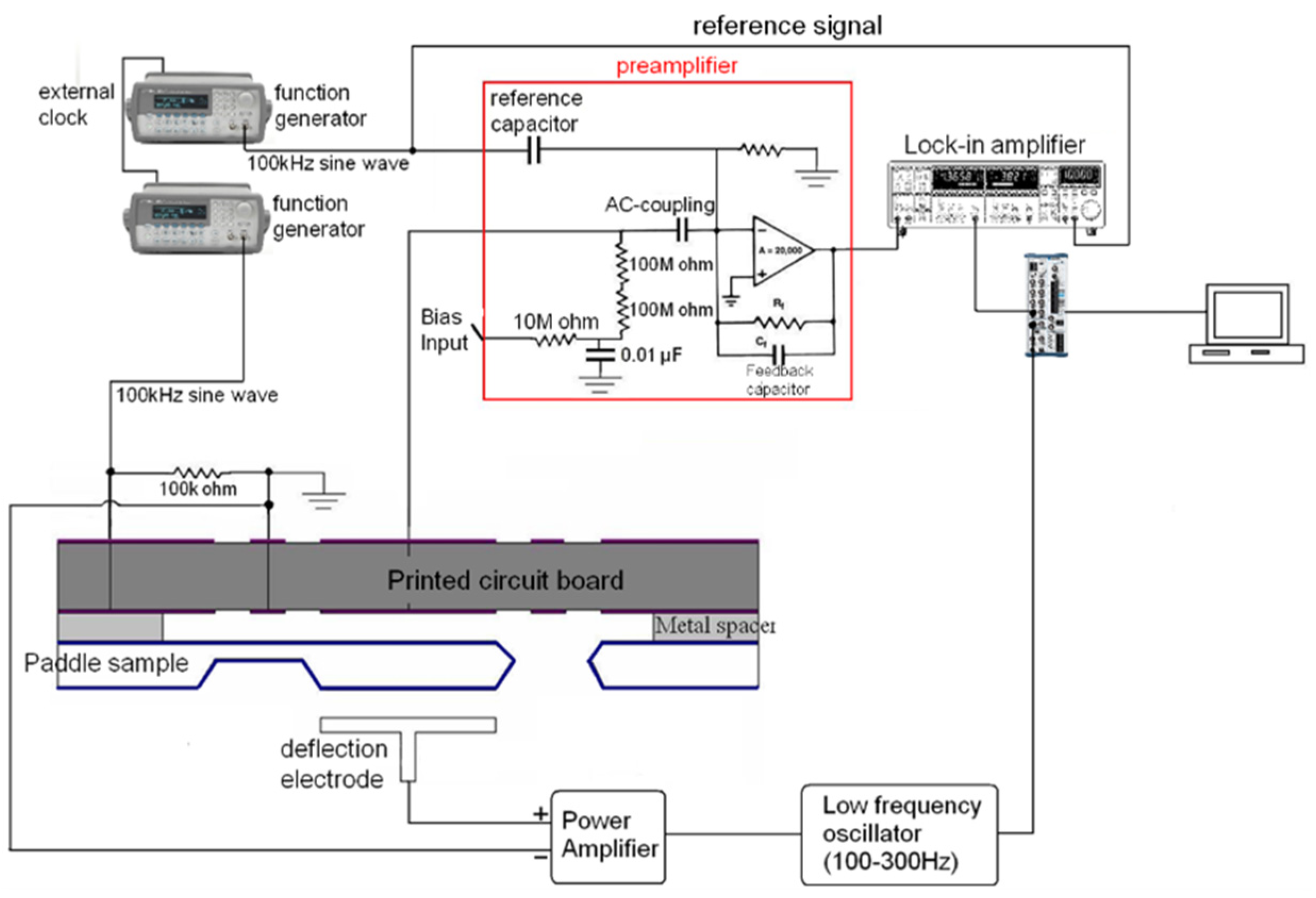



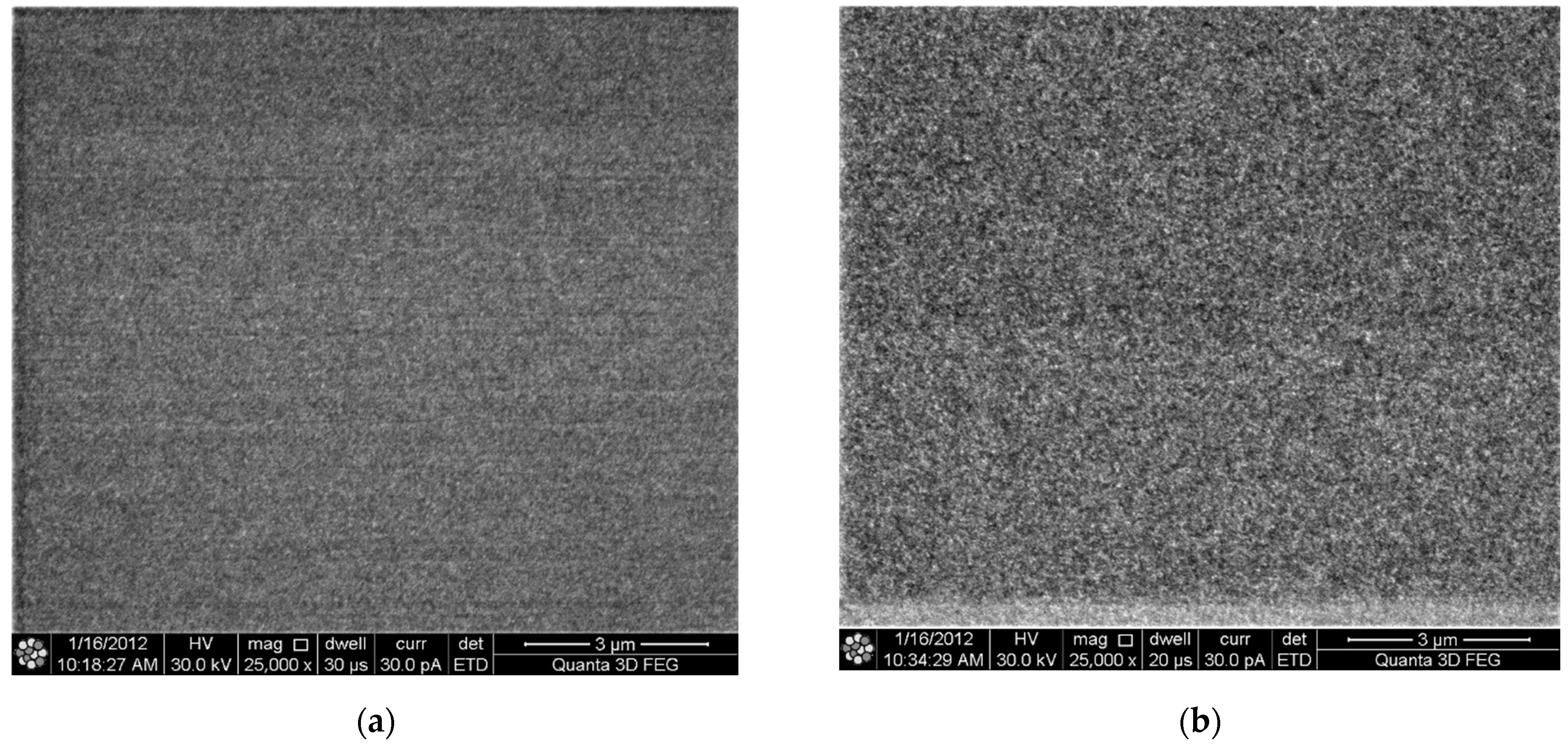
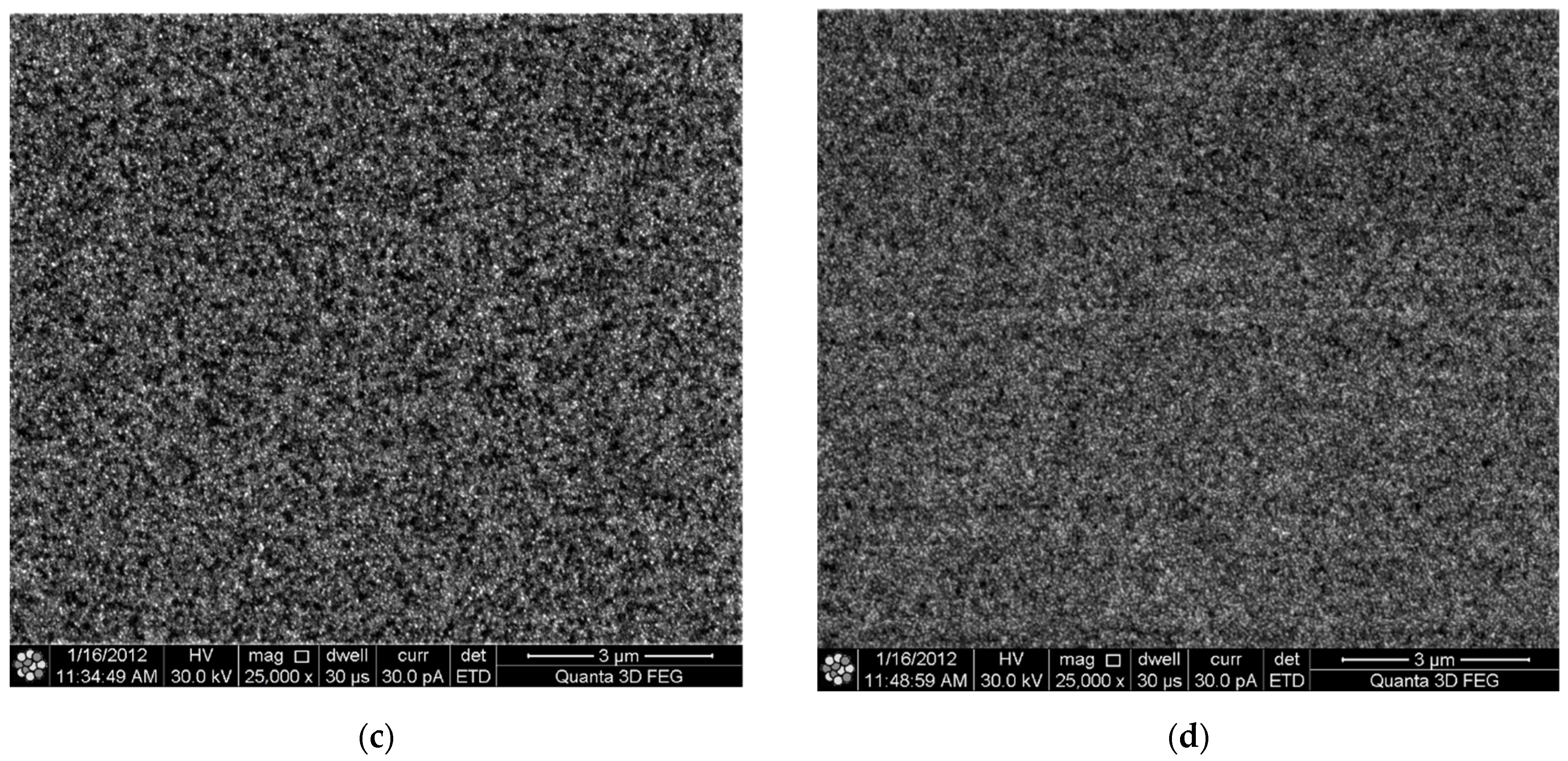

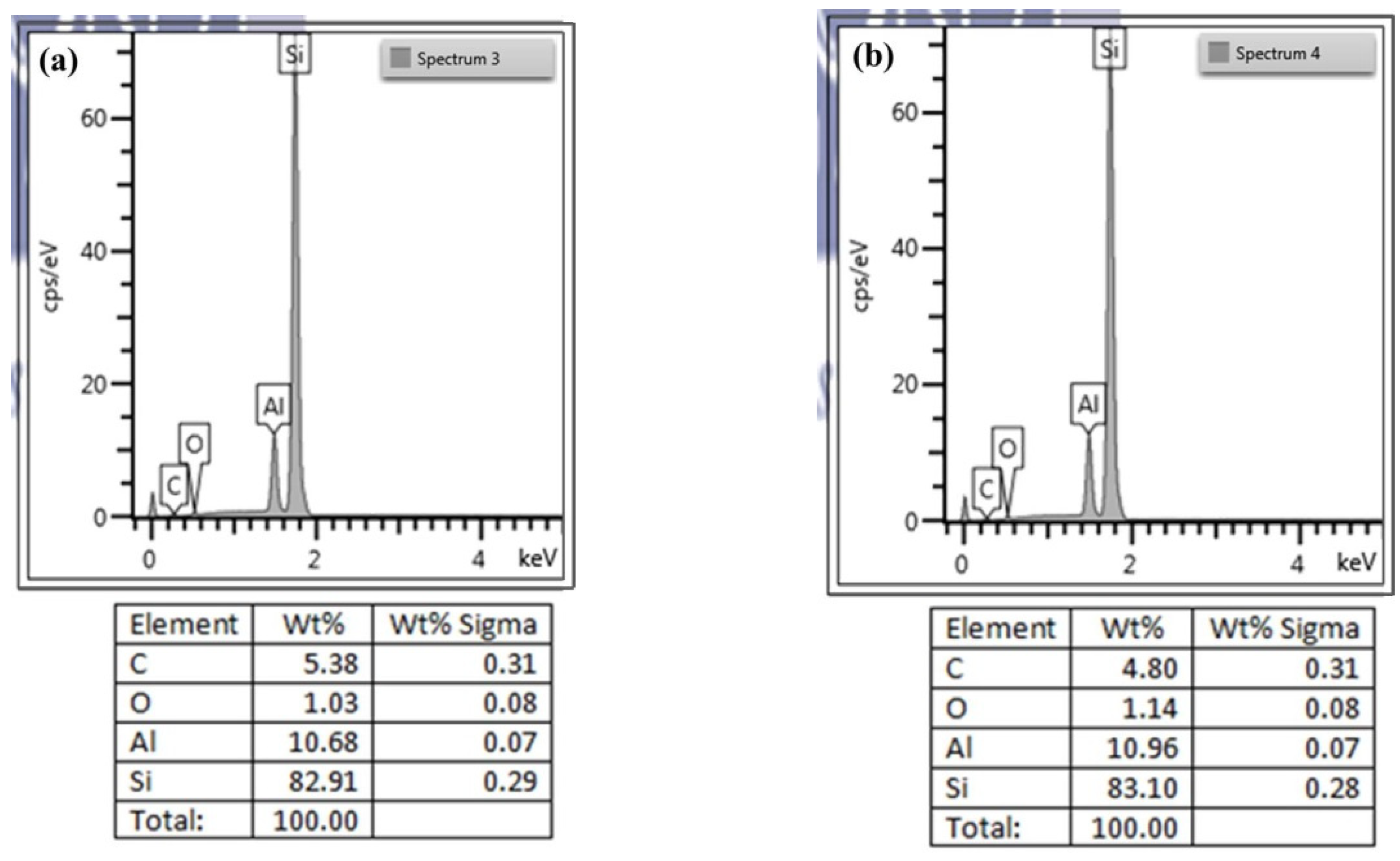
Publisher’s Note: MDPI stays neutral with regard to jurisdictional claims in published maps and institutional affiliations. |
© 2021 by the authors. Licensee MDPI, Basel, Switzerland. This article is an open access article distributed under the terms and conditions of the Creative Commons Attribution (CC BY) license (https://creativecommons.org/licenses/by/4.0/).
Share and Cite
Dang, N.M.; Wang, Z.-Y.; Chou, Y.-C.; Nguyen, T.A.K.; Dang, T.N.; Lin, M.-T. Size Effects in Internal Friction of Nanocrystalline Aluminum Films. Materials 2021, 14, 3401. https://doi.org/10.3390/ma14123401
Dang NM, Wang Z-Y, Chou Y-C, Nguyen TAK, Dang TN, Lin M-T. Size Effects in Internal Friction of Nanocrystalline Aluminum Films. Materials. 2021; 14(12):3401. https://doi.org/10.3390/ma14123401
Chicago/Turabian StyleDang, Nhat Minh, Zhao-Ying Wang, Yun-Chia Chou, Tra Anh Khoa Nguyen, Thien Ngon Dang, and Ming-Tzer Lin. 2021. "Size Effects in Internal Friction of Nanocrystalline Aluminum Films" Materials 14, no. 12: 3401. https://doi.org/10.3390/ma14123401





